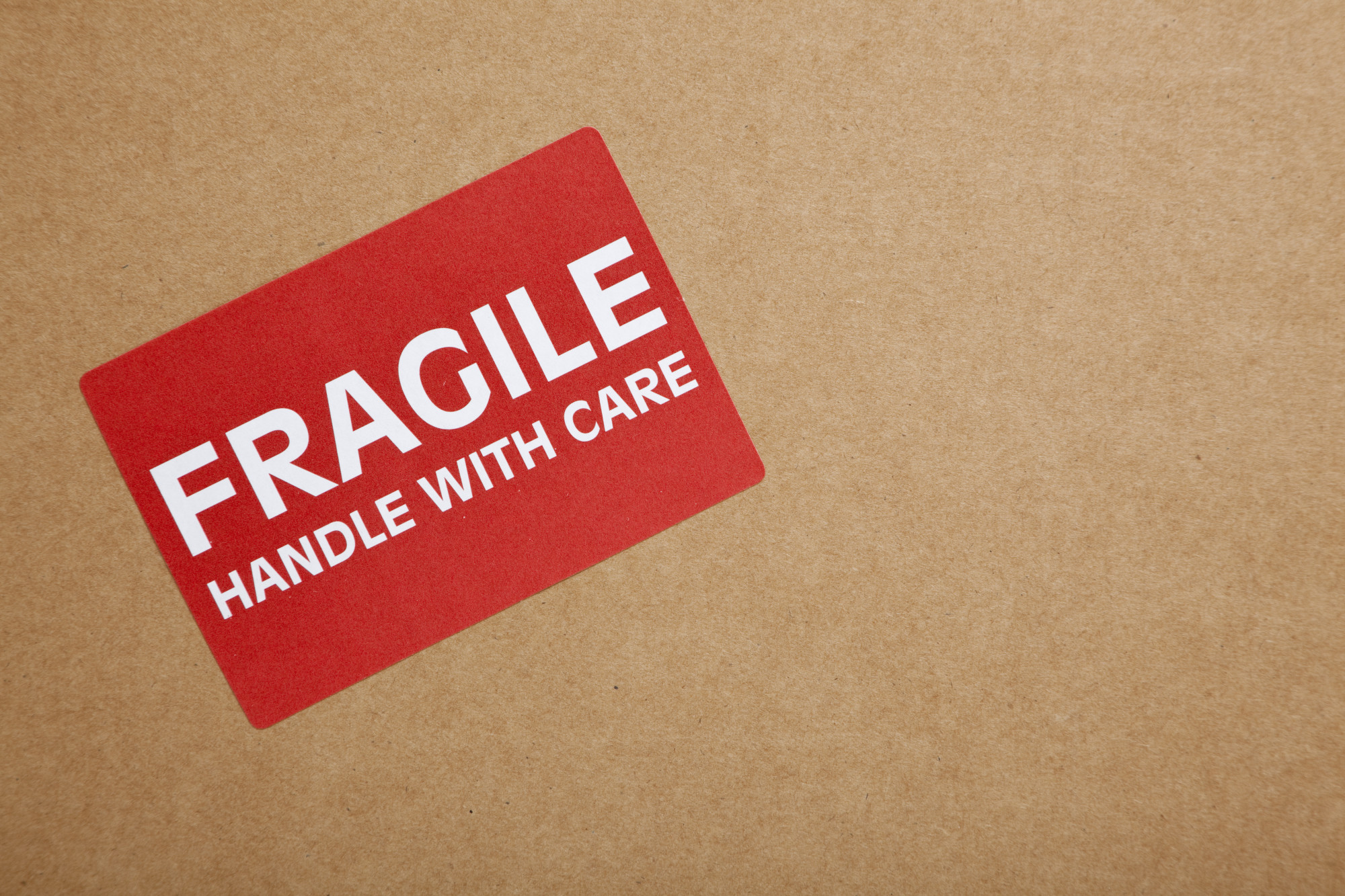How to Pack Fragile Items: Your Guide
As you’re getting ready to move, you might feel like your home is drowning in cardboard boxes. You’ll probably need around 20 boxes of various sizes for each room in your home. Each home will vary in size, and as a result, you may need even more than that.
And you can’t just throw whatever you want into each box, especially if you’re packing fragile items. Here’s a guide to show you how to pack fragile items in the safest way possible.
Keep reading for helpful tips and tricks.
What You’ll Need
Before you start packing anything, you need to make sure you have the right packing supplies. If you don’t use the right supplies to pack your fragile items, they might end up cracking or chipping during transport to your new home.
Here’s a quick list of what you should have on hand:
- Packing paper or bubble wrap
- Painters tape (if applicable)
- Packing peanuts
- Packing tape
- Scissors
- Marker
If you don’t already have these things in your house, you should be able to find them at your local post office or moving store. You can also get in touch with your moving company and ask if they can provide any of these supplies as well.
How to Pack Fragile Items
Take your time packing fragile items. You want to ensure every item has enough protection to keep it safe during your trip.
1. Wrap Each Item Individually
Start by wrapping each fragile item individually in packing paper or bubble wrap.
(If your items are awkwardly shaped or sharp, you should avoid bubble wrap. Otherwise, the bubbles might pop during the journey, which won’t leave your items with any protection.)
If you have a stack of plates, make sure each one is separated by a layer of packing paper or bubble wrap. Fill any empty space in things like cups or vases. This will ensure they don’t collapse in on themselves.
For large glass items like mirrors or picture frames, you should use your painter’s tape to create a large X over the surface. This will give it more security.
2. Prepare the Box
Before you start loading your fragile items into the box, add extra layers of bubble wrap or crumpled packing paper to the bottom. It’s also a good idea to layer the sides in this supplemental material and give your items additional padding.
Once you finish fitting your items in the box, cover it in a final layer of packing material — bubble wrap and crumpled paper.
3. Fill in the Extra Space
If there’s any extra space in your box, you should fill it with more packing, such as crinkled up paper, packing peanuts, or bubble wrap. This will prevent your fragile items from moving around or bumping against each other.
4. Label the Box
The last step is to close and label the box to let the movers know there are fragile items inside.
Use your packing tape and scissors to make sure the box is completely sealed. Be sure to label the box “fragile” in big, bold letters on every side of the box.
Getting Ready for Your Move
Since moving is such a complicated process, you may need some help packing and transporting all your boxes. We can give you that help.
Don’t wait to give us a call today to learn more about our moving services.








